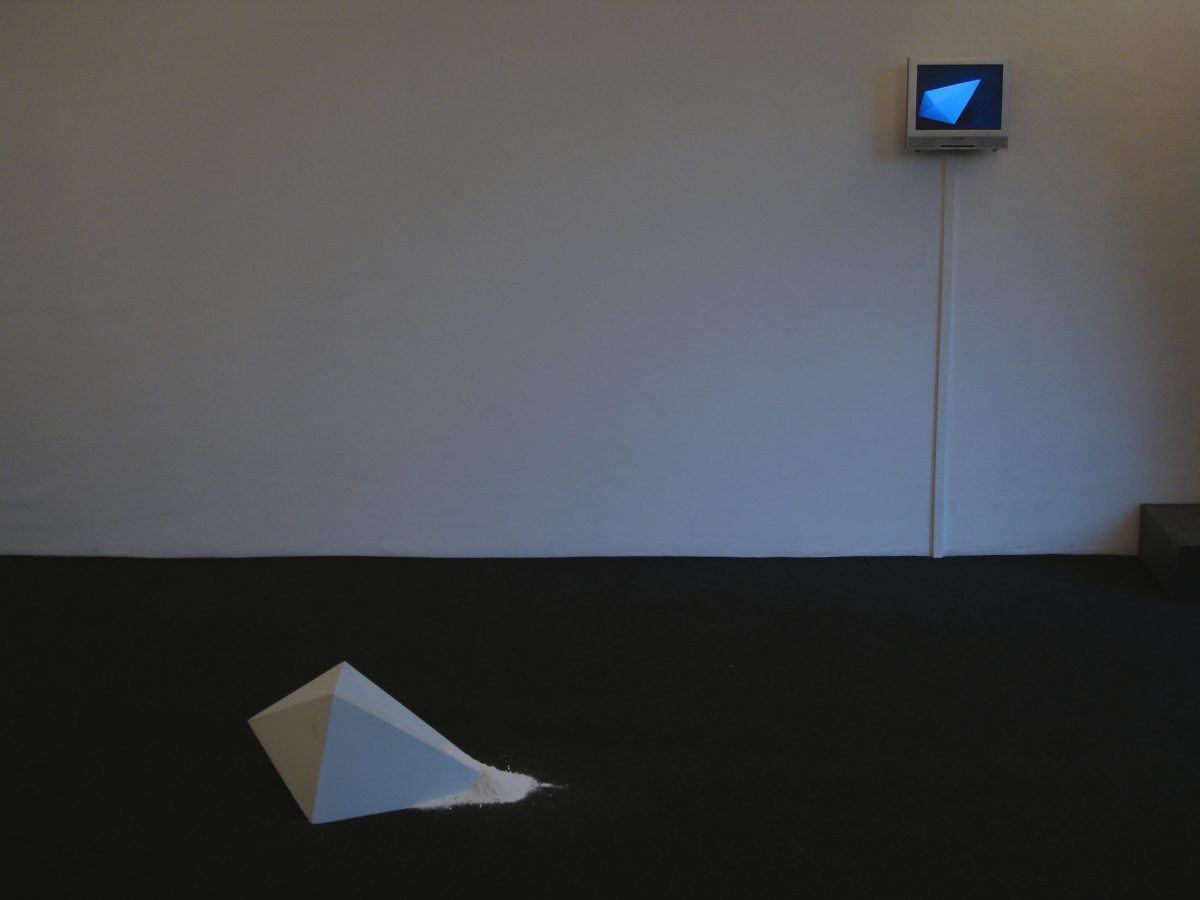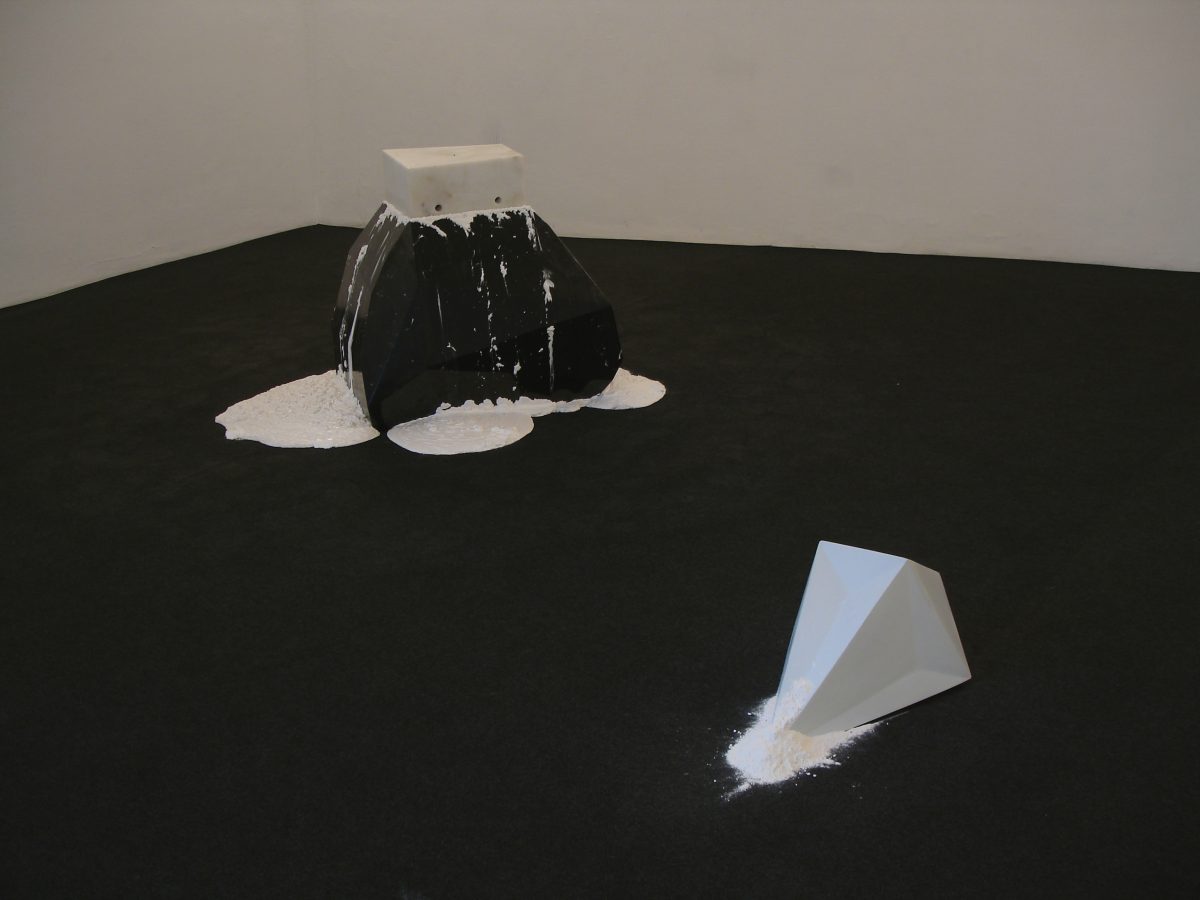
- This event has passed.
Gianni Caravaggio (Rocca di San Giovanni, Chieti, 1968) defines sculpture as “a primary world,” a realm within which even the most abstract ideas are necessarily revealed in corporeal fashion. His works investigate reality, offering new perspectives for contemplating it and restoring the meaning of the concept of “experience.” The artist has thought of his project for the Fellowship from the Supporting Friends of the Castello di Rivoli as a “mental voyage toward the limits of the imagination, through necessary geographic displacements.” A scholar of philosophy and interested in themes addressed in contemporary physics, Caravaggio has spent time in scientific research institutes in Germany and France, making contacts with physicists who are delving into subjects tied to the origins and form of the universe.
For the artist, this study has become a dialogue, over the course of which he has further defined the areas of his own research. This room contains some of the pieces he developed throughout this period. The hypothesis of being able to observe the universe from an outside point is fundamental to Cosmicomica (Cosmicomics). A sculpture in marble, in stark black or white, the work is deliberately reduced in scale, evoking the idea of an object that can be handled. According to the artist, it alludes to the “fantasy of seeing the universe from the outside.” In contrast, the subject of Attendere un mondo nuovo (Awaiting a New World) is a reflection on the possible creation of an unexpected order, or disorder. The sculpture has an unstable form, and its every oscillation corresponds to a different dispersion in space of the substances with which it is covered. Spreco di energia assoluta (Waste of Absolute Energy) is shaped like an irregular polyhedron, at the center of which is a white marble parallelepiped. The encounter between the two elements triggers a process that corresponds to the passage of matter from a solid to a liquid state. The principle of transformation contained in the work is subject to temporal laws and, conditioned by them, can be interpreted as “an act of existence.”


